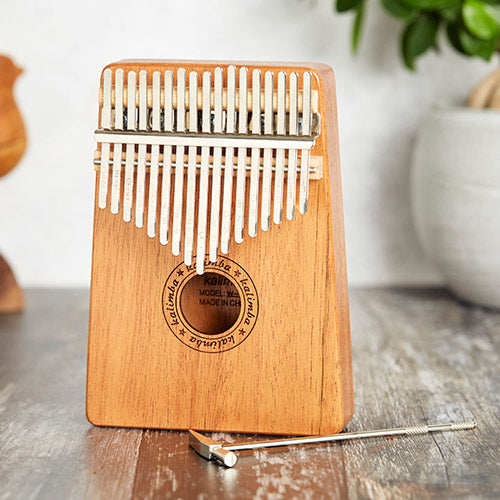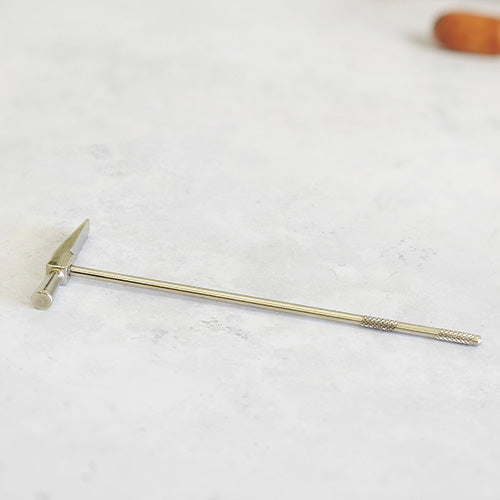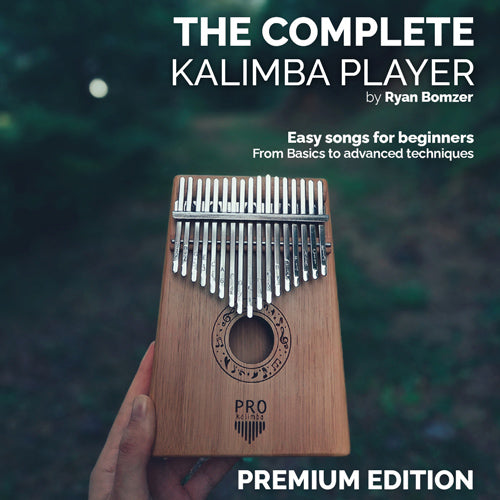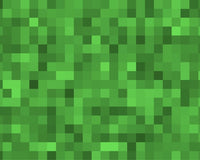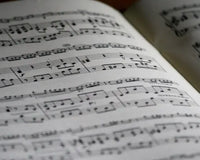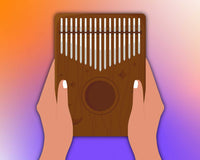Franz Schubert's "Impromptu in G-flat Major, Op. 90, No. 3" is a piano piece composed in the early 19th century. It is part of a set of four impromptus written by Schubert and is known for its lyrical melodies and expressive qualities. The piece begins with a delicate and flowing melody in the right hand, accompanied by arpeggiated chords in the left hand. As the music unfolds, it transitions through various moods and textures, showcasing Schubert's mastery of melodic development and harmonic progression.
Throughout the impromptu, there is a sense of yearning and introspection, as well as moments of joy and exuberance. The music is characterized by its rich harmonies, graceful melodies, and subtle shifts in dynamics and tempo.
Letter notes
A#° G° A#° G#° G° F° D#° D° C° A
G# G F D# F G
D# D D# E D# E F E F
F# F F# G F# G G# G G#
G A# G# G G# A# C° D° D#°
F° C5 A#° G#° G° F° D#° D° C°
A# F° D#° D° C° A# G# G F
D# F G G# A# C° D° D#° F°
Number notation
6#° 5° 6#° 5#° 5° 4° 2#° 2° 1° 6
5# 5 4 2# 4 5
2# 2 2# 3 2# 3 4 3 4
4# 4 4# 5 4# 5 5# 5 5#
5 6# 5# 5 5# 6# 1° 2° 2#°
4° 15 6#° 5#° 5° 4° 2#° 2° 1°
6# 4° 2#° 2° 1° 6# 5# 5 4
2# 4 5 5# 6# 1° 2° 2#° 4°
The Only Kalimba Guide You’ll Ever Need!
The Complete Kalimba Player eBook is a 62-page resource packed with tuning guides, diagrams, exclusive tips, and 37 easy songs for all skill levels. Save time with this all-in-one guide—the only resource you’ll ever need! Get instant access to a quality-checked, printable PDF full of variety.
Was £10, now £5—offer ends soon, get yours now and start your kalimba journey today!



